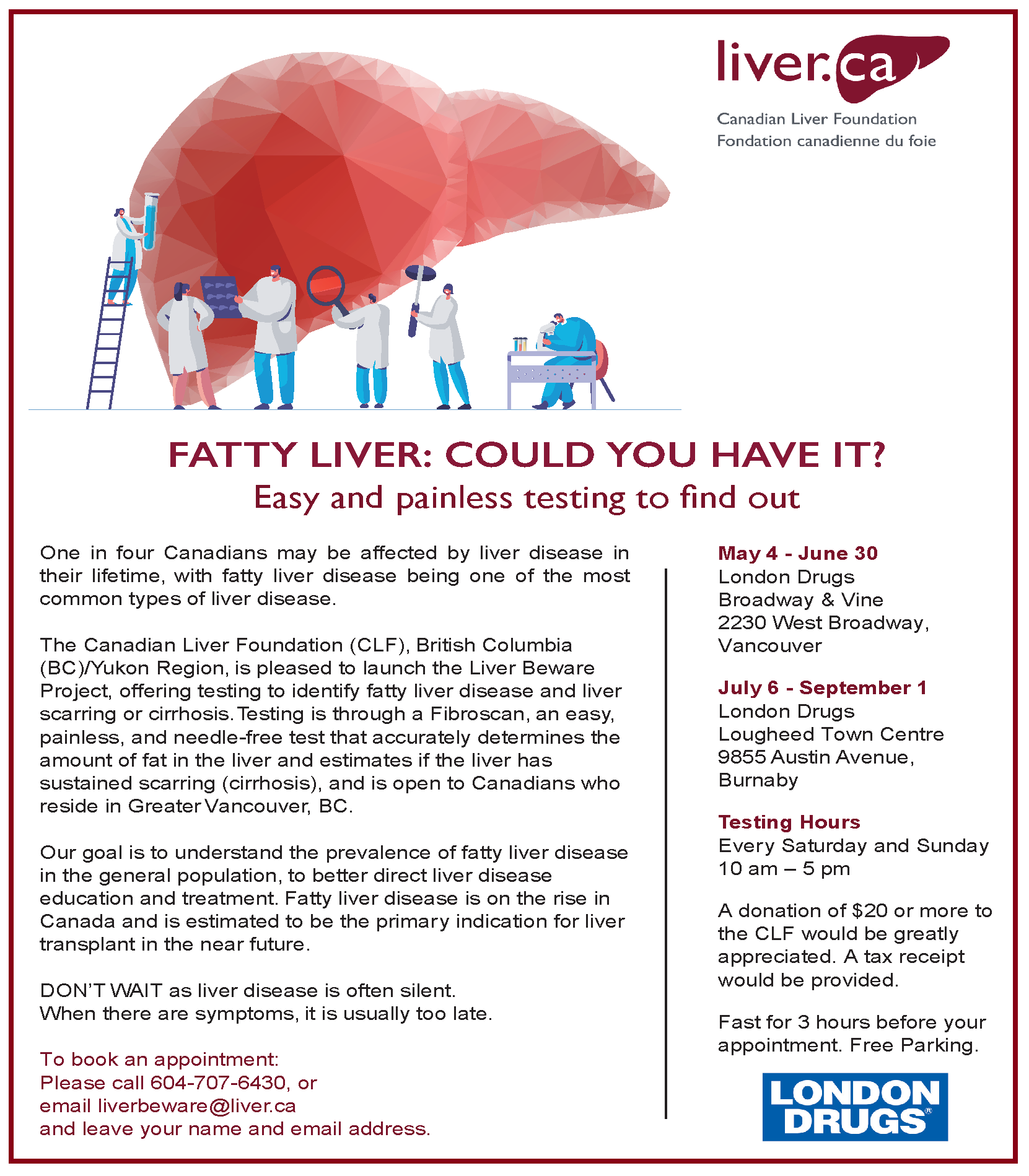RANDY Boissonnault, Minister of Employment, Workforce Development and Official Languages, on Tuesday announced that the policy to increase loan forgiveness by 50% is now in effect for doctors and nurses working in under-served rural and remote communities.
With these changes, up to $60,000 will be forgiven for a family physician or family medicine resident, and up to $30,000 for a nurse or nurse practitioner.
This is a 50% increase to the maximum amount of forgivable Canada Student Loans for eligible family physicians, family medicine residents, nurses and nurse practitioners working in under-served rural and remote communities. Approximately 3,000 doctors and nurses will benefit in the first year of implementation, reaching up to 8,000 per year by 2032–2033.
This 50% increase in Canada Student Loan forgiveness is expected to attract nearly 1,200 new doctors and 4,000 new nurses to under-served rural and remote communities across the country over a 10‑year period.
These changes strengthen the health workforce in rural and remote communities by helping to attract and retain health workers. They also contribute to making debt loads more manageable for the family physicians, family medicine residents, nurses and nurse practitioners who work in these under-served areas.
These changes are in addition to the Government of Canada’s historic investment of over $200 billion over 10 years to improve health care for Canadians.
Boissonnault said: “During the pandemic, we saw first-hand how important our health workforce is, especially in rural and remote communities. With these regulatory changes, we are improving our support for health workers as well as offering needed quality health care to people living in Canada’s under-served rural and remote communities.”
Health Minister Mark Holland said: “Health workers are the backbone of Canada’s health care system. Without a sustained and efficient workforce, Canadians cannot access the care they need, when they need it. These regulatory changes will support the recruitment and retention of health workers in rural and remote communities, where there are significant needs right now.”












